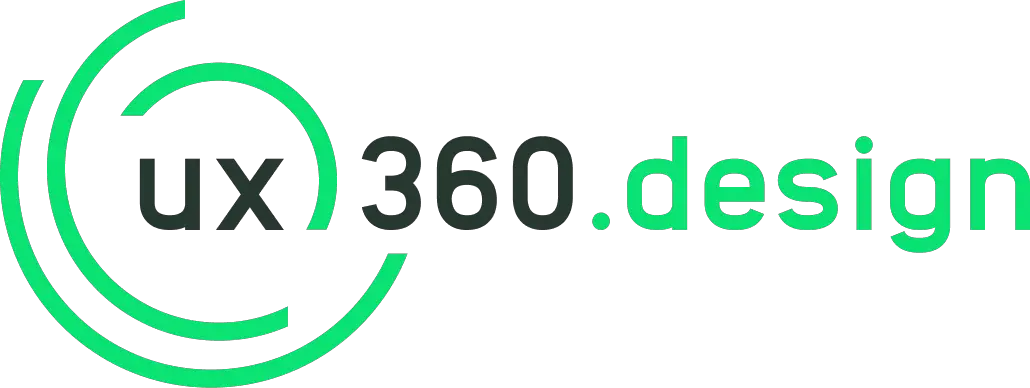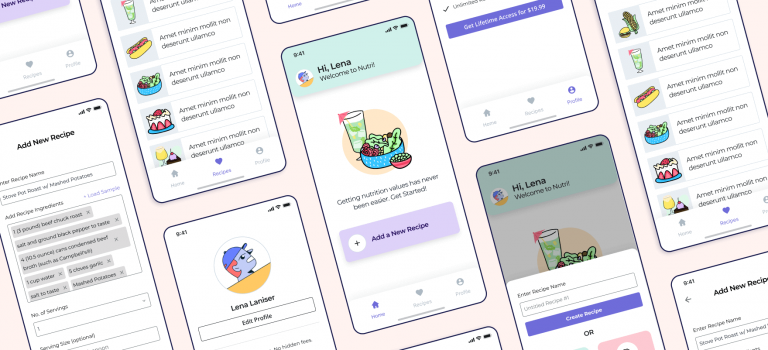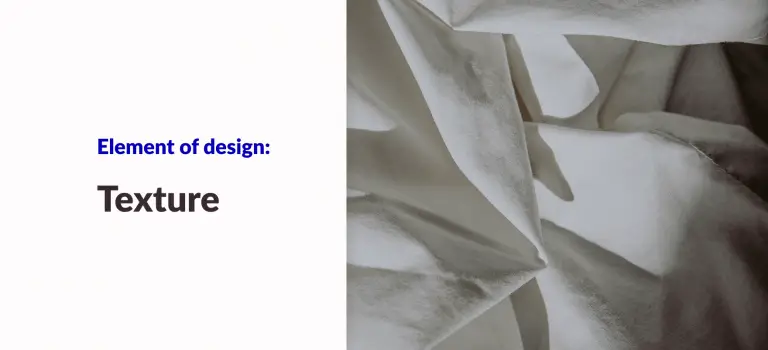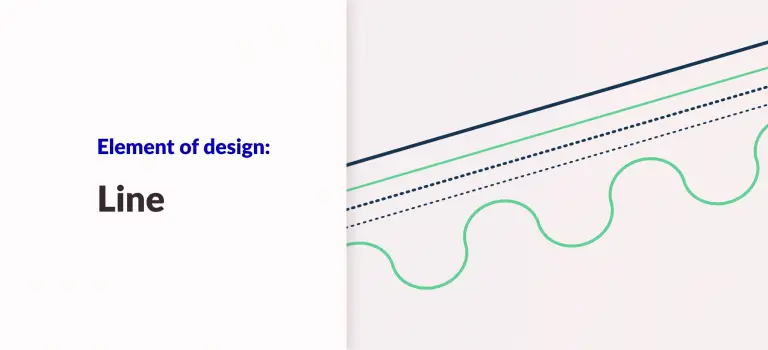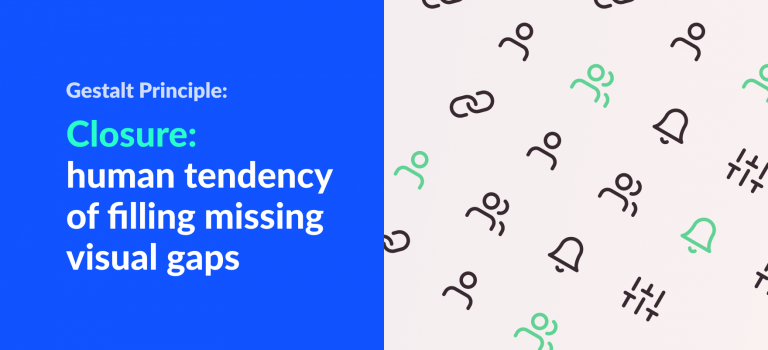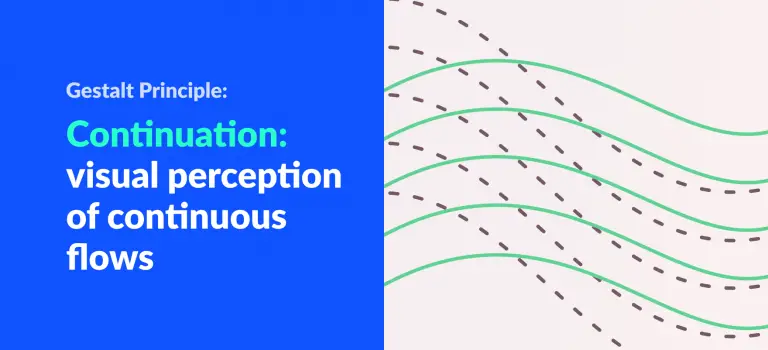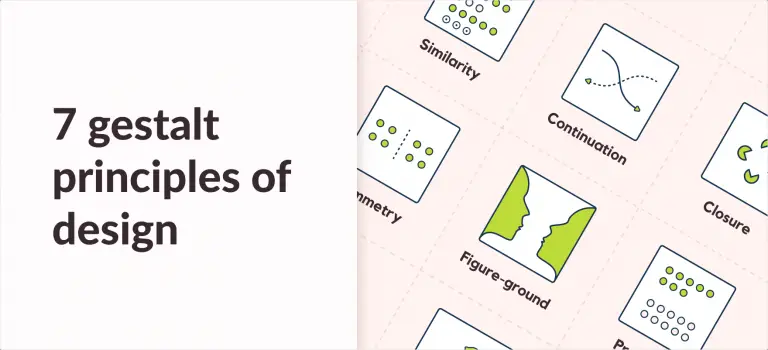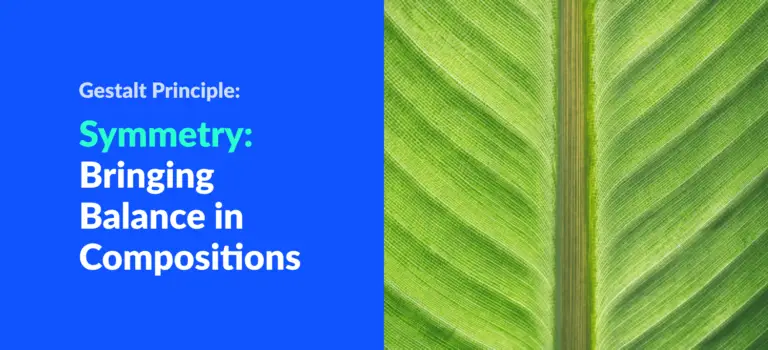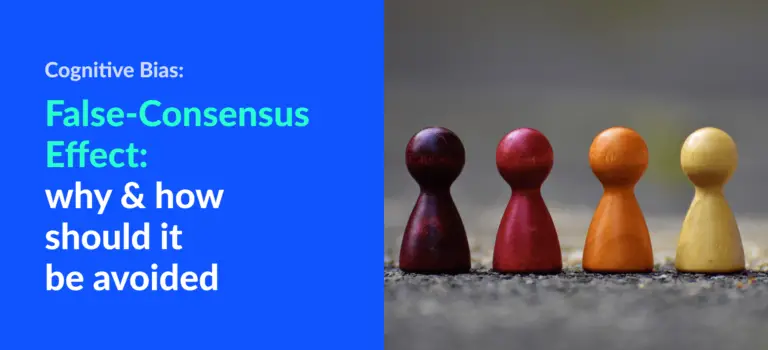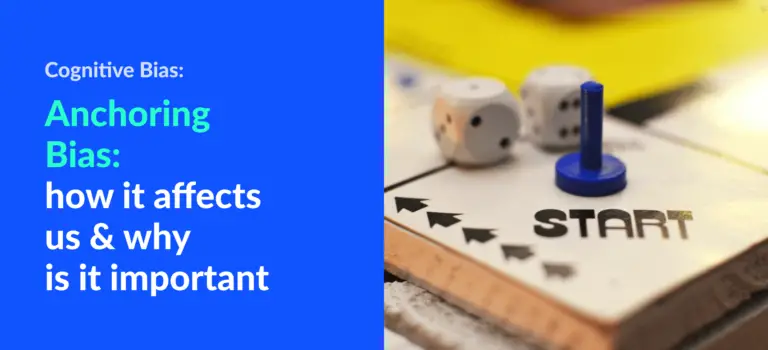Nutri App for Automated Nutrition Value[Case Study]
Project Overview The product: Nutri is a recipe nutrition calculator app developed for a luxury restaurant called Cape’s Banquet located in the tourist area of Cape Town. The app is designed as an alternative for the restaurant’s more expensive and time-consuming subscription service. The app supports multiple import options for existing users who are using…
